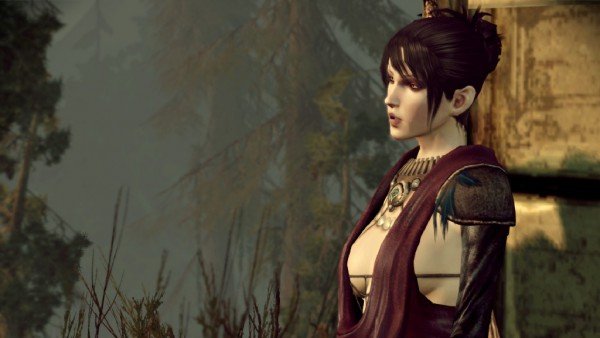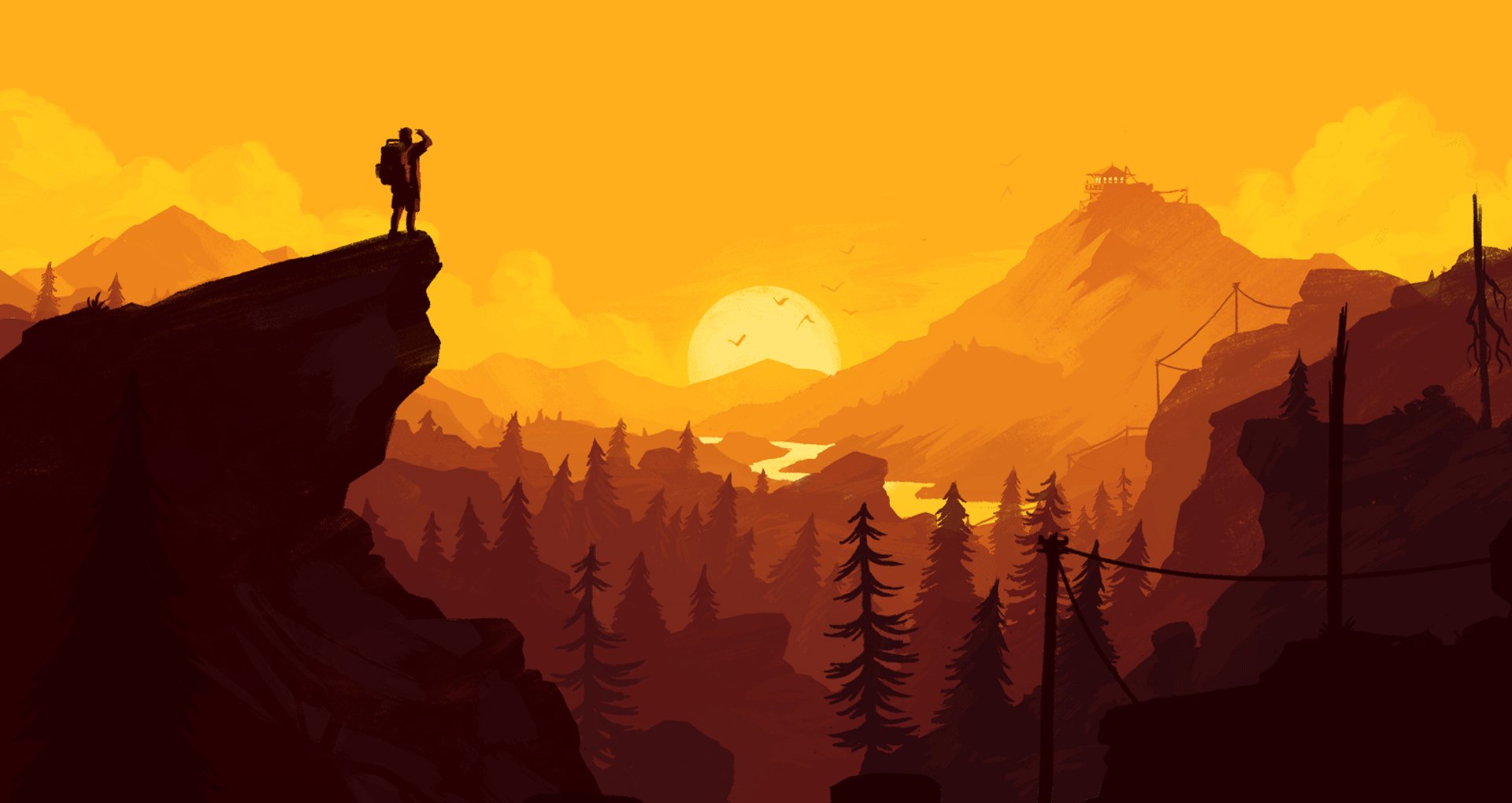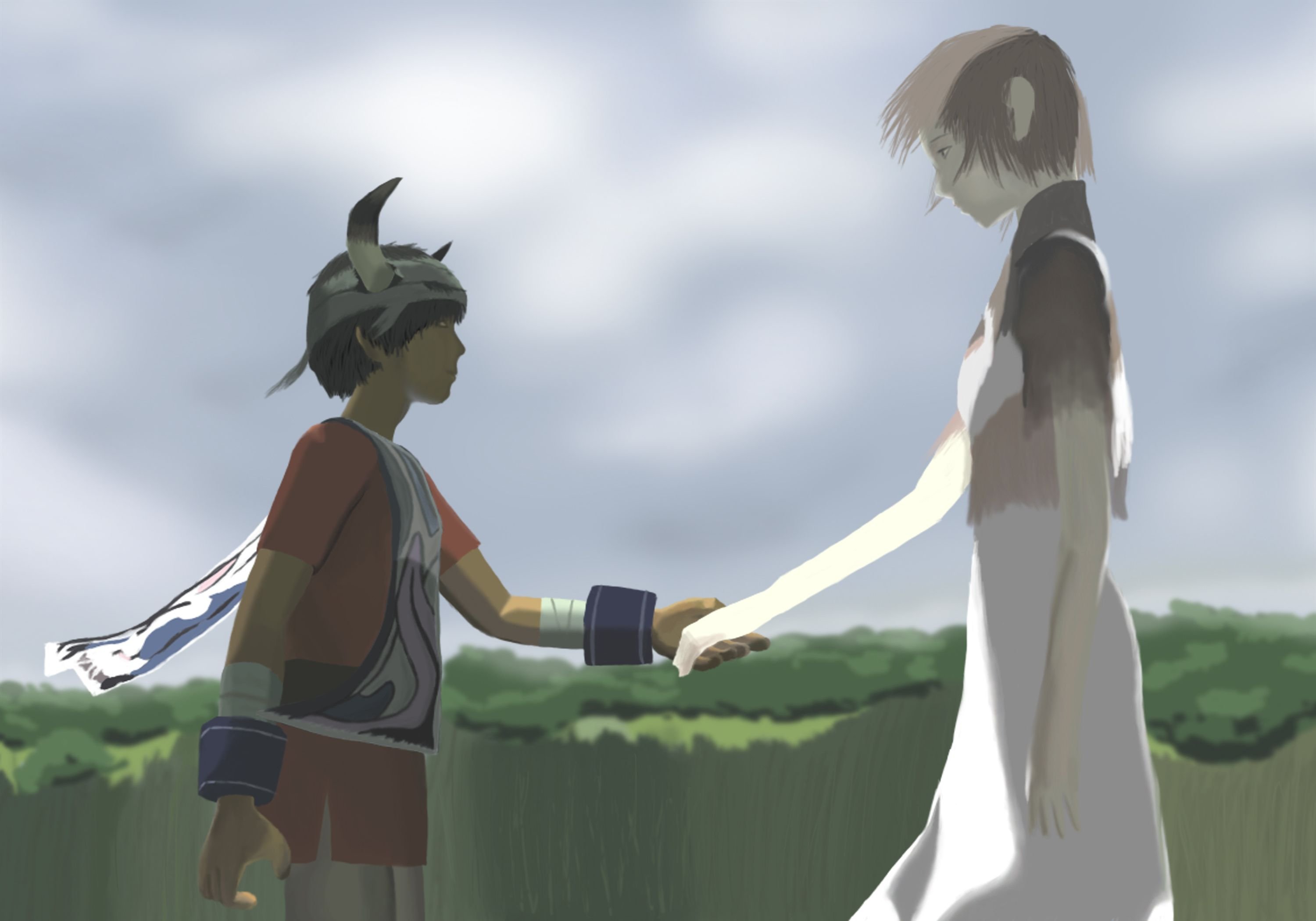
With games like Firewatch, Soma, and Dragon Age that have exemplary narrative design, it's easy to forget that not only a few years ago most games had terrible writing. Narrative design as a job title is fairly new, and many studios have contract writers either come in at the end to fill in dialog, or have non-writers write it. Often the story is treated as an after-thought, something that serves the game mechanics, and not the other way around. There are several reasons for this - oftentimes people dismiss the importance of story, and sometimes they overestimate their ability to write, and devalue just how much skill it requires.
Video gaming itself came out of the arcade tradition - games weren't designed to have absorbing, drawn-out stories. They were designed to make you spend as many quarters as possible by creating challenging game-play. There was often a thin layer of narrative, but the mechanics superseded it. As games evolve, and more indie games have been allowed to come into the spotlight thanks to platforms like Steam, we've been able to see different types of games, and people have been able to experiment with off-beat or unusual styles of gameplay.

What people are coming to realize is that a great story is often crucial to a great game, and a compelling story will keep people playing even when the mechanics are lacking. That's because we as humans are designed for story. We are built to give context to the random things happening around us. I know many people who, when playing video-games, will build their own stories in their heads even when the game itself doesn't have an obvious one. We can't help but create stories all around us. And with a great story, we become attached to the characters and the world and the experience. A story invests us into the universe.
Oftentimes game design is divided into "systems" and "content" design (Although some studios also have level designers, monetization designers, and narrative designers). System design is design about how the mechanics of the game itself works. For example, how a combat 'system' would work. The combat system in Halo, for instance, is much different than the combat system in Devil May Cry. Content design is about how those systems are utilized - for instance where the fights take place, and for what reason. Oftentimes narration is relegated to content design if it isn't its own profession. I was often considered a content designer, although I regularly did both systems and content. Although I've only had one game job where my official title was 'writer', much of the writing also fell to me.
A good story will utilize both content and systems, however. The story of the game should be built into the mechanics itself, which is why it's so important to bring in writers at the beginning of a project.
It's important to realize that storytelling in a game is not just dialog. Even games like FTL, The Sims, and Rimworld have stories that come from sequences of random events - something called "emergent narrative," where the narrative isn't directly built by the designers, but instead 'emerges' through the events that happen through the intersection of different systems. Each person who plays the game gets an individual story, depending on the random events, their playstyle, and their imagination. Games like Minecraft have near infinite combinations of stories which contributes to its replay value.
Since writing for games is such a new art-form, we're still learning how to mesh story with writing. Many games, such as "The Last of Us," take a cinematic approach where the gameplay is more traditional and the story is told through dialog and cut-scenes. However the cinematic approach fails to utilize games for their main medium - which is interactivity.
An excellent example of a game that tells story through interactivity is Ico, a Japanese game released in 2001. Ico contains almost no dialog. A boy with horns is left to die in an abandoned fortress, where he meets the queen's captive daughter, a young woman named Yorda. During combat Ico must protest Yorda or she'll be captured by shadow enemies and dragged to a portal in the ground, thus ending the game. Ico must also hold her hand as they walk along exploring the fortress, and if he leaves her for too long without supervision shadows will come and drag her way. The idea that Ico must protect Yorda is thus not created by dialog, but by the mechanics of the game itself.

I imagine in the future that games will be able to write detailed stories in real-time depending on player input, and create elaborate stories with different characters, settings, and conflict, using code instead of relying on typical dialog trees. But for now most dialog, and the events that result, must be done by hand. And even in games today it's rare to find a full-time writer or someone who isn't contracted for just a few short months to write up some dialog. I'd love to see famous writers writing for games again, like Clive Barker's 'Undying.' Companies like Bioware understand the importance of writers and have a whole department for them, and take it very seriously, but that's rare. I hope that in the future the importance of writing will not be devalued, and the quality of writing overall will go up.

You can find me on Twitter, Facebook, and my website. You can also buy one of my books here.
Other Posts You May Be Interested In:
Carry The Glowing Seed, Plant Reality from the Dream [PTSD Series: Part 4]
Art Therapy at the Space Station [Psycho-Surreal Memoirs]
The Symptoms of PTSD, and my symptoms [PTSD Series: Part 3]
The Waking Journal [Psycho-Surreal Memoirs]
Sylvia Plath and I [Fiction]
A Girl Called Nameless [PTSD Series: Part 2]
The Writer Friend [Psycho-Surreal Memoirs]
The Curse of Atreus [PTSD Series: Part 1]
